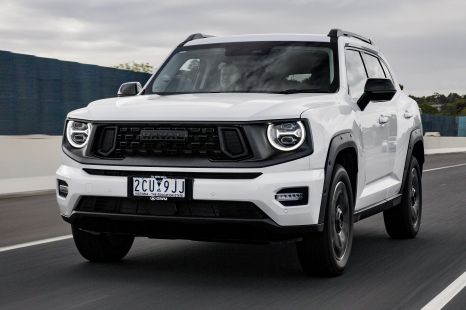

Max Davies
2025 GWM Haval H7 review
6 Days Ago

Contributor
The future of V12 engines is safe in the hands of Ferrari, at least until emissions standards force their extinction.
Emanuele Carando, the Maranello manufacturer’s global marketing director, told Australian media the marque would continue to build V12s for as long as legally possible.
“We will produce naturally aspirated V12s until the law [no longer] allows us to,” Mr Carando said.
“We hope the law in the future will continue to show opportunities, probably working on new petrol which is more sustainable.
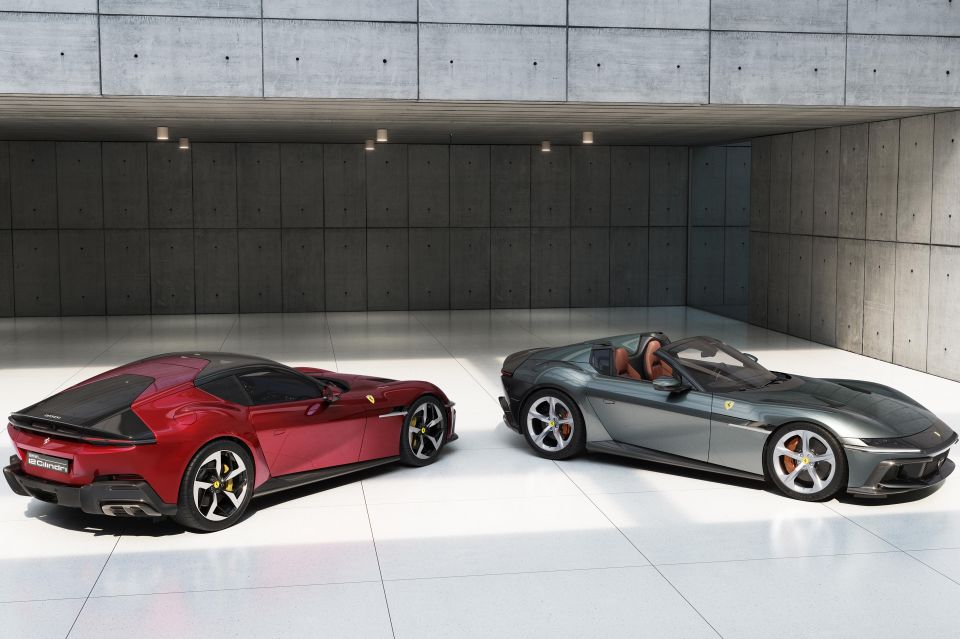
“We believe it’s important to give to our clients who love this engine, both in the present and probably in the future.”
Though the ‘F140’ 6.5-litre V12 which powers the 12Cilindri extends back more than two decades to the Ferrari Enzo, it has been refined to keep within Europe’s ever-tightening emissions regulations, while not sacrificing any power.
Ferrari’s 296 and SF90 model lines have adopted plug-in hybrid drivetrains to meet emissions standards and remain fast, but the 12Cilindri does without hybrid assistance due to the brand’s desire to keep its V12 as pure as possible.
“We wanted to be true to our roots”, Mr Carando said after admitting hybrid power was considered for the grand tourer.
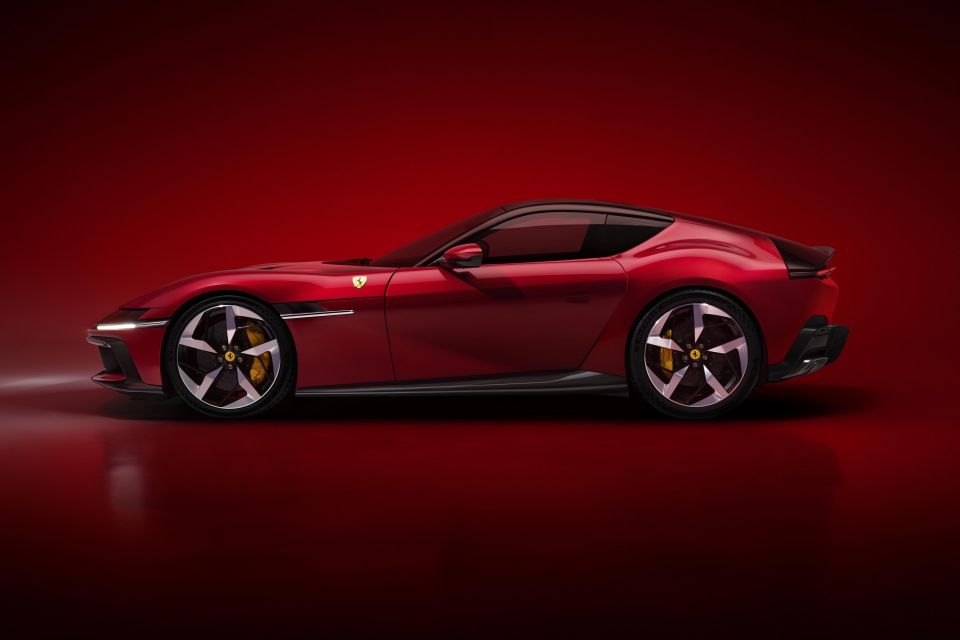
“A naturally aspirated engine with a combination of electric components, according to our feeling, adds weight without really improving the performance so much, especially for this kind of car.”
The 12Cilindri is capable of producing up to 610kW of power at 9250rpm and 678Nm of torque at 7250rpm, before hitting the rev limiter at an ear-splitting 9500rpm.
Ruggero Cevolani, powertrain project leader for the 12Cilindri, told media it would be possible for the V12 to spin up to 10,000rpm, though it elected to keep the limit at 9500rpm for better power delivery.
“Technically speaking this engine is able to reach 10,000rpm, because we introduced a lot of lightweight components – the titanium conrods, and especially the valvetrain with sliding finger [cam] followers – this opened up the possibility to reach 10,000rpm,” Mr Cevolani said.
“But between engine RPMs, power and torque shape there is a trade-off, so a higher rev-limiter would have meant a slight sacrifice in the overall power of the engine at maximum speed and a corresponding drop off in the sensation of constant acceleration.”
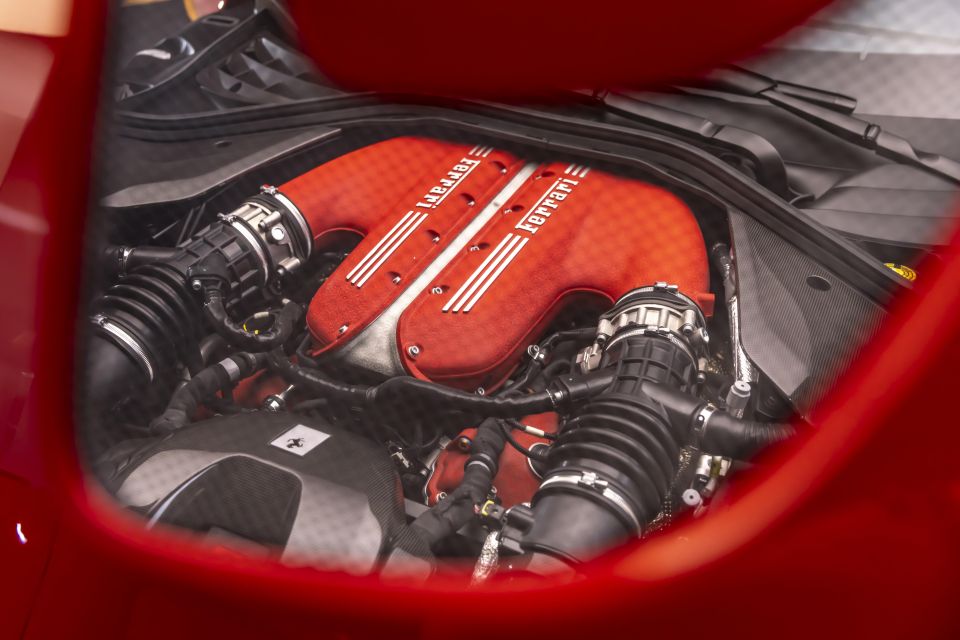
Mr Carando added: “We never do anything for the sake of marketing – we are an engineering company.
“Even if the 10,000 threshold would’ve been fantastic I think would’ve been against our company mission, which is performance and driving thrill first.
“Whenever we talk about design, we always say design follows function, but [it’s] the same thing also for engines.”
MORE: Everything Ferrari MORE: Ferrari 12Cilindri – Here it is in all its V12 glory MORE: Ferrari to continue investment in internal combustion engines
Where expert car reviews meet expert car buying – CarExpert gives you trusted advice, personalised service and real savings on your next new car.
Born and raised in Canberra, Jordan has worked as a full-time automotive journalist since 2021, being one of the most-published automotive news writers in Australia before joining CarExpert in 2024.


Max Davies
6 Days Ago
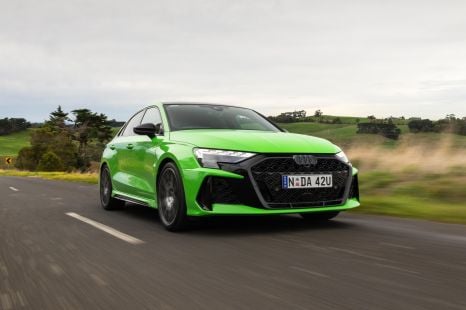

Josh Nevett
5 Days Ago
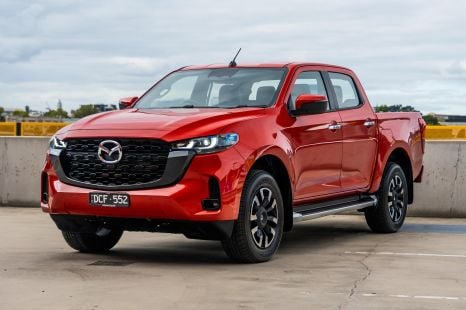

Josh Nevett
4 Days Ago
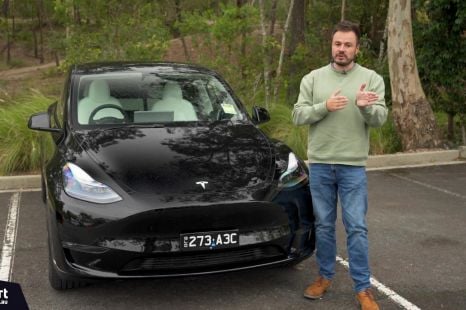

Paul Maric
3 Days Ago
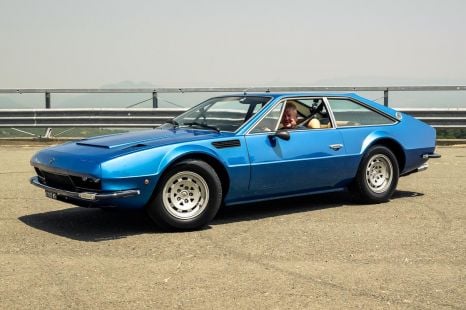
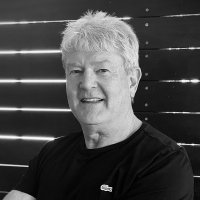
Anthony Crawford
2 Days Ago
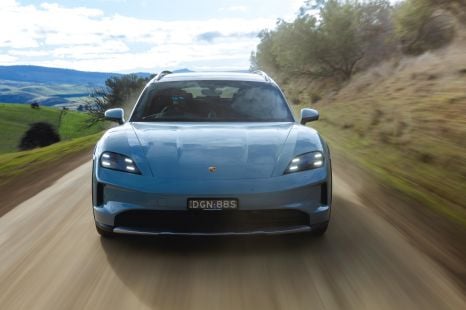

Derek Fung
2 Days Ago